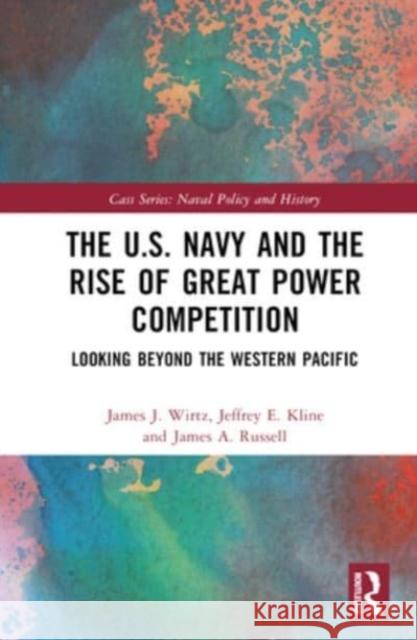The U.S. Navy and the Rise of Great Power Competition » książka
topmenu
The U.S. Navy and the Rise of Great Power Competition
ISBN-13: 9781032480619 / Twarda / 2023 / 240 str.
The U.S. Navy and the Rise of Great Power Competition
ISBN-13: 9781032480619 / Twarda / 2023 / 240 str.
cena 707,28
(netto: 673,60 VAT: 5%)
Najniższa cena z 30 dni: 654,86
(netto: 673,60 VAT: 5%)
Najniższa cena z 30 dni: 654,86
Termin realizacji zamówienia:
ok. 22 dni roboczych.
ok. 22 dni roboczych.
Darmowa dostawa!
This volume describes how technological and geo-political trends are rapidly transforming maritime affairs.











